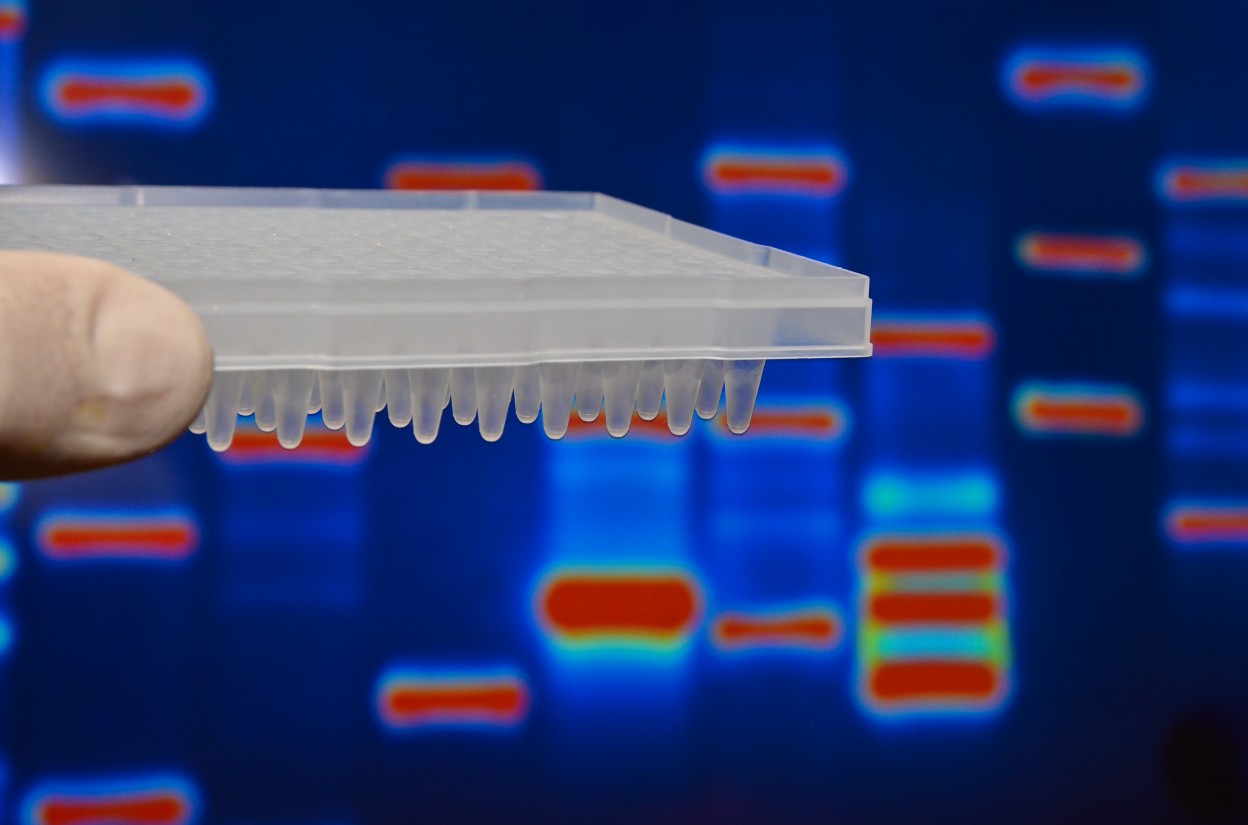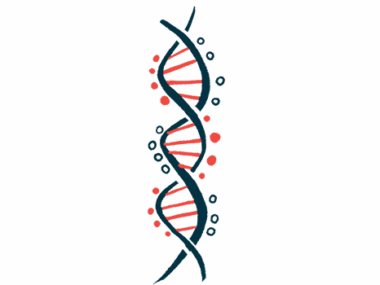Molecular Analysis Pinpoints Potentially Important Pathways for Classical EDS
Written by |

A gene expression analysis identified several deregulated pathways in fibroblasts from classical Ehlers-Danlos syndrome (EDS) patients, offering new insights for future studies investigating the disease mechanisms and potential therapies, a study reports.
The study, “Molecular insights in the pathogenesis of classical Ehlers-Danlos syndrome from transcriptome-wide expression profiling of patients’ skin fibroblasts,” was published in the journal PLOS One.
More than 90 percent of classical EDS patients have mutations in genes providing instructions for making certain collagen types, namely COL5A1 and COL5A2, which are proteins that serve as essential structural components in the body.
To further understand how these genetic abnormalities trigger the disease, researchers at the University of Brescia in Italy compared the levels of messenger RNAs, called transcriptomes — molecules that carry the information encoded in our genome — from skin fibroblasts of four classical EDS patients (two females and two males; mean age of 40 years old), and nine unrelated age-matched healthy individuals used as controls.
The transcriptome analysis identified 548 genes that were regulated differently between classical EDS patients and controls. Out of these, the levels of 368 were increased and 180 were decreased in the patients relative to healthy individuals.
Genes involved in extracellular matrix (the matrix that provides structural and biochemical support to surrounding cells), including SPP1, POSTN, and EDIL3 genes, were among those whose levels were decreased in EDS fibroblasts. These genes also play an important role in cell proliferation and migration, and cutaneous wound healing.
Additional genes deregulated in classical EDS included other genes involved in cell migration and wound healing, such as the IGFBP2 and C3 genes. These two genes were present in higher levels in EDS fibroblasts than in controls.
These findings were in agreement with previous results, reporting that classical EDS fibroblasts “exhibit a reduced migratory potential and delayed wound healing,” the researchers wrote.
The most affected pathway in classical EDS fibroblasts was the cell cycle, which controls cell division. Pathways regulating drug metabolism were also disturbed in EDS patients’ fibroblasts.
Two other cellular pathways impaired in classical EDS were the endoplasmic reticulum (ER) unfolded protein response — a stress-sensor pathway activated upon the loss of a protein’s normal structure — and the cells’ natural clearing system, called autophagy.
“Our approach illustrates global messenger RNA profiling changes of several genes and related biological processes that could offer novel insights in the cEDS pathophysiology,” the researchers wrote.
According to the team, additional work is required to verify whether a defective extracellular matrix, ER response, and/or autophagy might play a crucial role in EDS, “thus offering future therapeutic options.”





